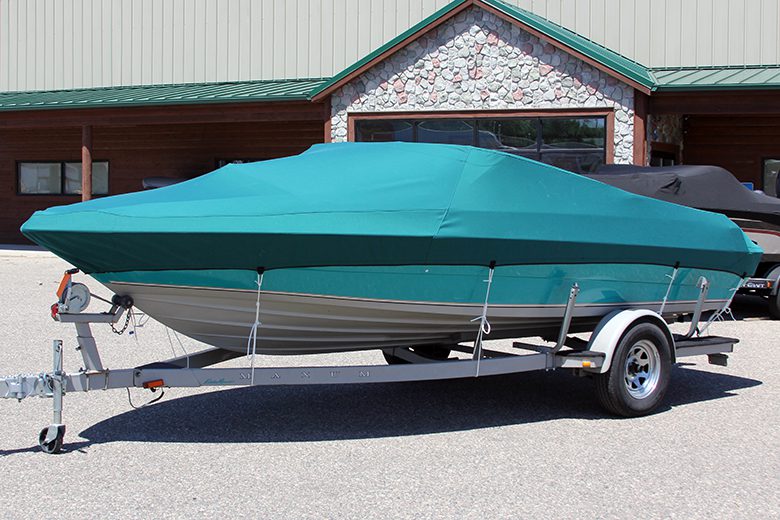For those unfamiliar with the term, A4 refers to a type of sailboat. Many people may not be aware that there is an option to put the A4 sailboat in neutral while sailing, but it is a choice that some sailors make for various reasons.
Do you put your A4 in neutral while sailing?
Yes. The principal reason for putting your A4 in neutral while sailing is to preserve the engine’s working parts, reducing wear and tear on the engine while sailing. This can be beneficial if you plan to sail long distances with your A4, or if you are sailing in areas of rough waters or choppy seas. When the engine is in neutral, the engine’s internal parts are not spinning and moving as much as when it is engaged, reducing wear and tear on the engine over time.
Another reason for using neutral while sailing is to reduce noise on board. Engaging the engine can be quite loud, and some sailors prefer to enjoy the serene atmosphere of the open water without the sound of an engine. While in neutral, the engine and propeller are still spinning, but the noise is drastically reduced. When transitioning between two points, some sailors prefer to use sails only while in neutral, to reduce the amount of engine noise amongst other potential benefits.
Putting your A4 in neutral while sailing can provide fuel savings as well. An engaged engine is naturally more fuel-intensive and will require more fuel to maintain steady speed while sailing. Engaging the engine to move your sailboat forward can only be done for a limited amount of time without risking higher fuel consumption. By shifting to neutral, fuel consumption is usually reduced significantly and is a great benefit for sailors who wish to make their journey more fuel-efficient.
In some instances, it may not be safe to put your A4 in neutral while sailing. One safety issue is the lack of control over the direction of the boat. When the engine is simply in neutral, the boat can become more erratic in terms of its direction, not providing as much control to the helmsman or pilot operating the boat. This can be especially risky in a situation where maneuvering or other navigational feats are essential.
Why is there difficulty moving shifter from forward to neutral
The difficulty of moving the shifter from the forward to neutral position typically occurs when the vehicle won’t engage in gear. This could mean that there is a problem with the linkage of the shifter, or that the cable is out of alignment with the transmission. It could also mean that the transmission itself is having issues and needs to be serviced. If the vehicle has an electronic shifter, it may be the result of a faulty sensor or faulty wiring. Maintenance and inspection of the linkage, cable, and cables are a good place to start when troubleshooting the difficulty of shifting from forward to neutral. If the mechanical parts check out, then it might be a matter of running a diagnostic to get to the root of the problem. Ultimately, the difficulty of moving from forward to neutral is a symptom and it takes a trained mechanic to diagnose the actual cause.
Why does my RPM Slow when ‘In Gear’?
An RPM slowdown when ‘in gear’ can be caused by a variety of issues, ranging from mechanical faults with the engine itself, to transmission problems, to fuel delivery issues. Mechanical faults such as worn out spark plugs, vacuum leaks, and broken or worn out valves can all cause the engine to slow down when in gear, as can dirty or clogged fuel injectors, a faulty throttle body, or a malfunctioning air intake. Transmission issues, meanwhile, can be caused by faulty gears, worn out synchronizers, or a malfunctioning clutch. The slow RPM can also be caused by a fuel delivery issue such as clogged fuel lines, dirty fuel filters, or a failing fuel pump. In any case, it is important to troubleshoot the issue carefully and accurately, in order to determine the root cause.
Do you have a two or three blade prop, and does it fold, feather?
Two or three blade props are generally preferred on marine vessels over single blade propeller. This is because they reduce noise levels and create smoother overall motion. Additionally, two or three blade props generate less pressure against their thrust—meaning they require less power from the engine to achieve the same level of thrust than a single blade prop. Furthermore, two or three blade props disperse the exhaust gases more evenly and evenly spaced blades create less drag than single blades. Finally, two or three blade props are more efficient and generate less vibration than single-blade propellers during operation.
Some propellers are also able to fold or feather, which are important features for several operation considerations. Folding propellers can be used for sailing vessels to reduce drag and make them more efficient when sailing. Feather propellers are used for maneuvering and shifting direction more rapidly while also reducing drag at low navigation speeds.
Related posts:
Leaving your boat in the water all summer.
Will a hydrofoil stop porpoising?
Do you put your A4 in neutral while sailing? – Conclusion
Overall, the decision whether to put your A4 in neutral while sailing is a personal preference and some sailors may feel more comfortable engaging the engine instead. However, in certain cases, putting your A4 in neutral while sailing can be an efficient, useful, and even safety-conscious choice. Factors such as increased engine wear and tear, noise, fuel-consumption, and risk of misdirection must all be weighed when deciding whether to put your A4 in neutral while sailing.



